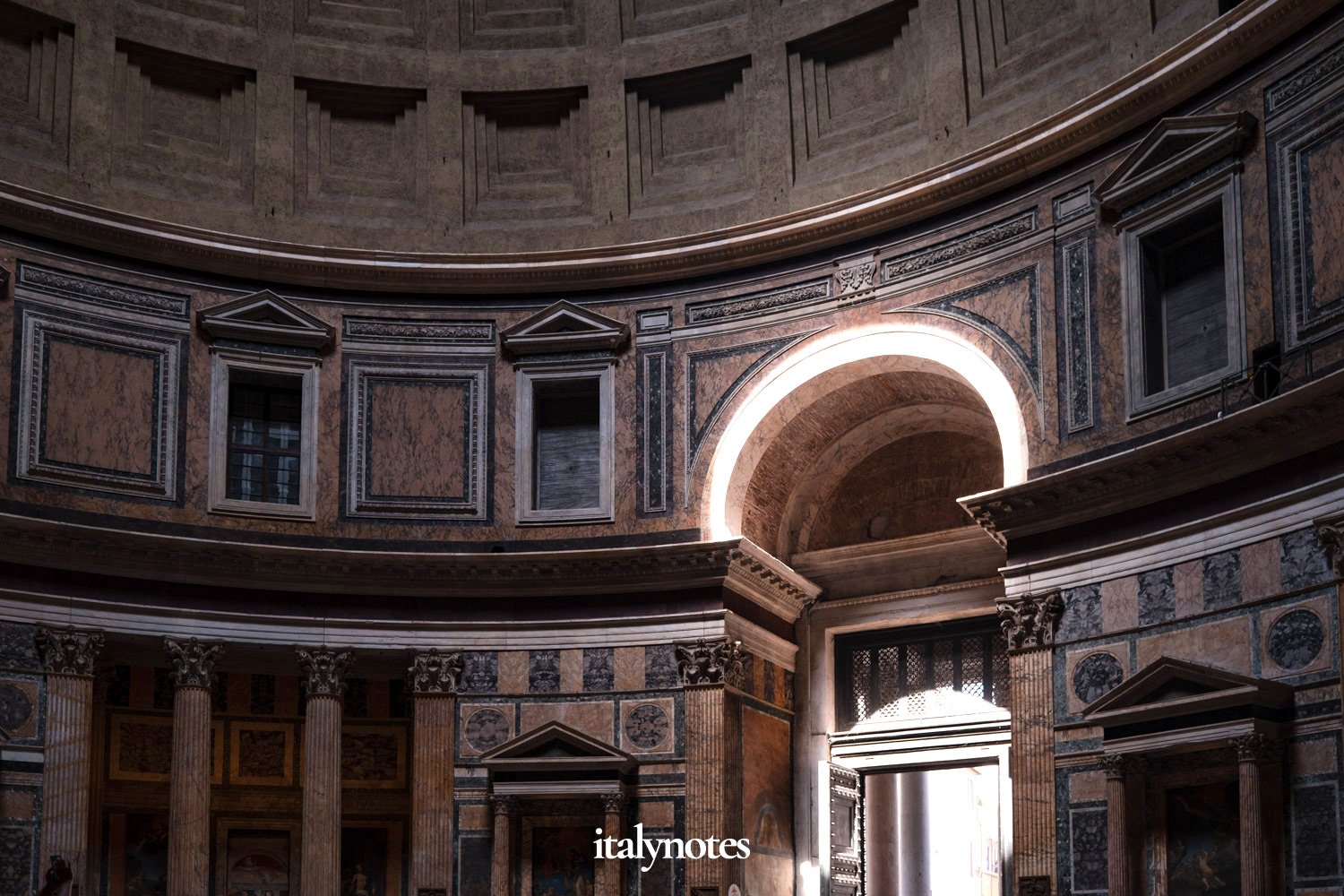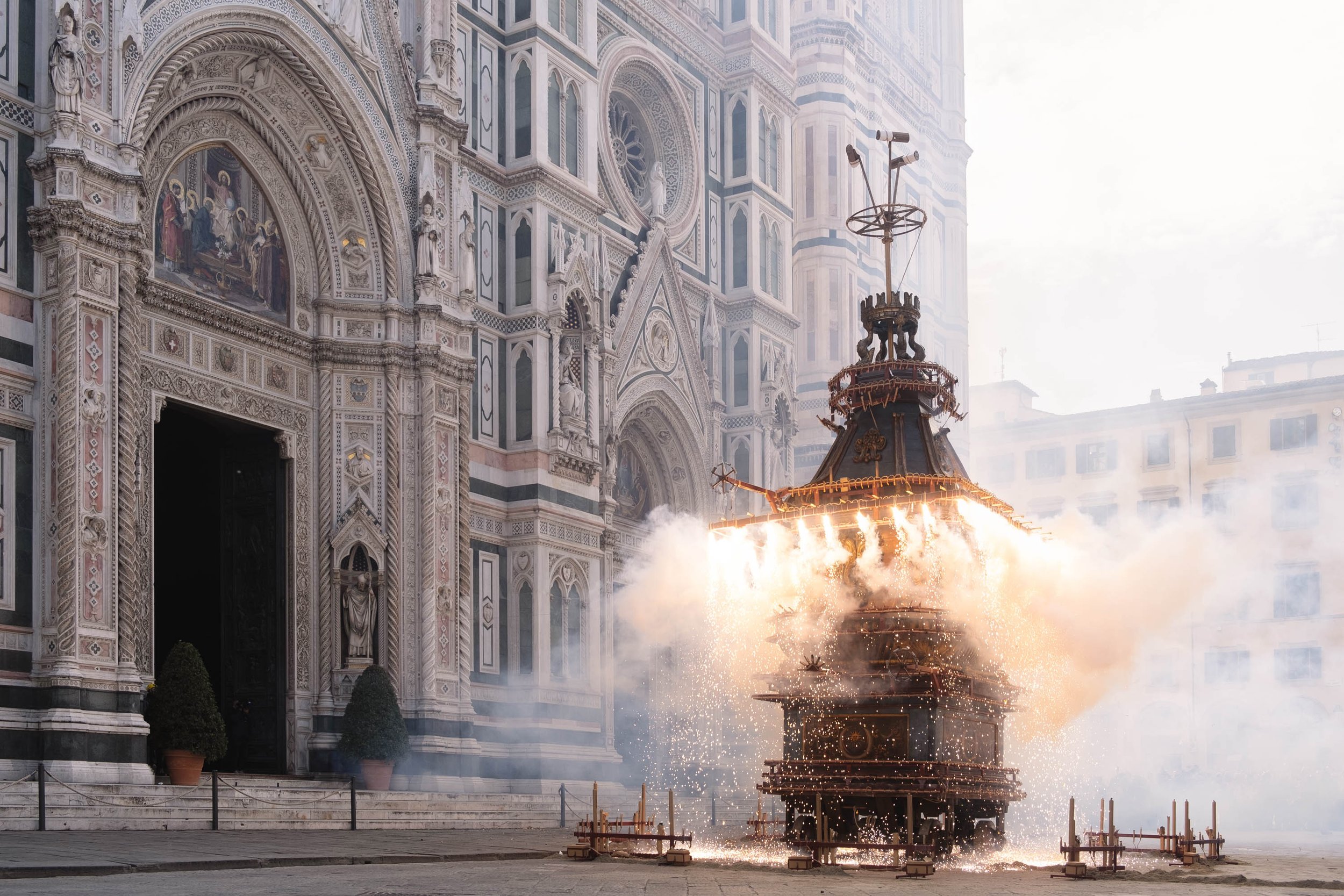Natale di Roma: happy birthday to my beloved city!
| Last updated: April 2023 |
Every year, on April 21st, the city of Rome celebrates its birthday. Despite facing countless invasions, wars, and natural disasters, Rome has persevered and thrived throughout the centuries. The city's resilience may explain why various writers and poets, like Virgil in his epic poem "Aeneid," have referred to Rome as the Eternal City. Each historical era has left its mark on the city, and every corner holds a story to tell. It makes Rome one of the most inspiring places I know, drawing me back time and again.
As part of the birthday festivities, various exhibitions, reenactments, and other educational events take place throughout the historic center. I was lucky enough to be in town for the celebrations in both 2022 and 2023. Are you curious about what to expect if you're planning to visit Rome on April 21st? Then stay tuned! In this post, I'll share my experiences and guide you through the highlights.
Did you know that Rome celebrated its 2,775th birthday in 2022?!
The birth of the Eternal City
Rome's birthday, known as Natale di Roma or Dies Natalis, is a great opportunity to first delve into the city's foundation. While there are many stories in Roman mythology about how it all began, I'll tell you the most famous one.
According to legend, the Trojan hero Aeneas and his son Ascanius fled from the city of Troy after its destruction by the Greeks. They settled in the region of present-day Lazio and each founded their own city. Aeneas established the town of Latinus, named after his wife Lavinia, while Ascanius founded Alba Longa.
Alba Longa's leadership was passed down from one generation to the next, and about 400 years after Ascanius, King Numitor took the throne. Numitor's time as king was short-lived, as his younger brother Amulius coveted the throne of Alba for himself. Amulius eventually overthrew Numitor and took extreme measures to ensure that Numitor's lineage would end. He killed Numitor's sons and captured Numitor's daughter, Rhea Silvia. Amulius then forced her to become a Vestal Virgin, prohibiting her from marrying.
For centuries, the image of the she-wolf nursing the twins has stood as one of Rome's most iconic and recognizable symbols. Even today, the symbol can be found all over the city.
But, as often happens in (Roman) mythology, history took a different turn. One day, the god Mars saw Rhea Silvia walking in the gardens of the Vestals' palace and fell in love with her. From his love, Rhea Silvia conceived twin brothers: Romulus and Remus.
When Amulius found out, he commanded his soldiers to drown the boys in the Tiber River. Yet fate intervened once more. The twins were placed in a basket and set adrift on the river. However, due to the recent flooding of the Tiber and the subsequent receding water, the basket soon drifted ashore near the Palatine Hill. There, a she-wolf discovered the boys, carried them to her cave, and fed them.
At some point, a passing shepherd named Faustulus heard the babies and found Romulus and Remus. He then took them home to his wife, Acca Larentia. Since they had no children of their own, they decided to raise the twins as their sons.
As part of Rome's birthday celebrations, several historical reenactments take place at Circus Maximus. One of them, of course, recounts the tale of Remus and Romulus. The photo above shows Faustulus after his discovery of the baby twins and his decision to bring them home to his wife, Acca Larentia.
Upon reaching adulthood, Romulus and Remus discovered their past and Amulius' wrongdoing. With their grandfather Numitor still alive, they chose to join forces with him. Together, they launched a surprise attack, which resulted in Amulius's death and Numitor's reinstatement as the king of Alba Longa.
The twins set out to build a city of their own, but where? Romulus proposed the Palatine Hill, while Remus preferred the Aventine Hill. Unable to reach a consensus, they resolved the dispute through an augury - a ritual involving the interpretation of bird flight patterns to determine the will of the gods.
The Associazione Pietas opens the celebrations of the Birth of Rome with a rite dedicated to the Roman Numi (top). During one of the performances Romulus kills his brother in a burst of anger (bottom left), and an inhabitant of ancient Rome with a device that seems a bit too advanced for his time (bottom left).
Romulus and Remus set up their camps on the hills they had chosen and waited for a sign. Remus spotted birds first when a total of six flew over his head. Subsequently, Romulus witnessed twelve birds flying over his newfound settlement. Interpreting this as a sign of the gods, Romulus began to mark out the future city's walls by plowing a square furrow around the Palatine Hill. Shortly after, Remus mockingly leaped over the "walls." This proved to be a fatal act, as it provoked Romulus to kill his brother in a burst of anger.
Natale di Roma
The Roman historian Titus Livius, or Livy, marked April 21st, 753 BC, as the official date of Rome by Romulus. This explains why Rome celebrates its birthday every year on this date.
Each year, the Gruppo Storico Romano constructs a Roman encampment at Circus Maximus.
The birthday festivities kick off several days in advance and are largely organized by the Gruppo Storico Romano, a historical reenactment group. If you are in town, make sure to explore their Roman encampment at Circus Maximus. Here, the group hosts gladiatorial fights, workshops, school activities, and more, offering an intriguing insight into ancient Roman life.
Visiting the Roman encampment offers a captivating look into ancient Roman life, with the gladiatorial fights being particularly fun to watch!
The celebrations extend beyond Circus Maximus. On the first evening, there's a reenactment of the "Renewal of the Sacred Fire" at Piazza Campo Marzio. In Ancient Rome, the Sacred Fire of Vesta was an everlasting flame tended to by the Vestal Virgins. The fire was renewed annually on the kalendae of March (1st day of March). Allowing the sacred fire to extinguish on any other date was a grave neglect of duty, indicating that the goddess had withdrawn her protection from the city. Vestals found guilty of this offense faced severe punishment.
After the "Renewal of the Sacred Fire," the "Benedictio Vrbi" takes place, during which Emperor Hadrian blesses the city of Rome in front of the Pantheon.
During the "Renewal of the Sacred Fire," one of the Vestal Virgins carries the sacred fire to the Pantheon (top). After the fire is delivered, the "Benedictio Vrbi" occurs, in which Emperor Hadrian blesses the city of Rome (bottom).
The most memorable part of the Natale di Roma festivities is the Historical Parade. Over 1,500 participants, adorned as sentries, gladiators, and vestal virgins, march from Circus Maximus to Teatro di Marcello, Via dei Fori Imperiali, and the Colosseum. It's an event you don't want to overlook!
During the Historical Parade over 1,500 participants, adorned as sentries, gladiators, and vestal virgins, march from Circus Maximus to Teatro di Marcello, Via dei Fori Imperiali, and the Colosseum.
Dies Natalis at the Pantheon
But there's more! Another almost magical phenomenon unfolds at the Pantheon, which occurs only on April 21st. Before delving into it, let's briefly explore the Pantheon itself.
The Pantheon is renowned for its iconic dome, which remains the world's largest unreinforced concrete dome to this day. At the apex of the dome sits the oculus, a large circular opening measuring approximately 8.2 meters in diameter. The oculus has several functions, which I will discuss in a separate post about the Pantheon. For now, I’ll focus on its function as the only source of natural light and its potential astronomical alignment.
The oculus is the Pantheon's only source of natural light.
Throughout the day, sunlight enters through the oculus, casting a disk of light on the Pantheon's interior. The sharp contrast with the surrounding darkness creates a beautiful and dramatic effect. But what if I told you there's a deeper significance to it?
Various scholars suggest that the Pantheon was intentionally designed to function as a type of calendar throughout the year. They found out that the luminous disk appears to light up the main entrance during significant occasions, such as astronomical events like the Equinoxes or religious celebrations. I discuss this further in my Pantheon post.
These photos were taken on April 7th, a date when something equally magical occurs. The sun creates an arch of light that aligns with the arch of the barrel vault above the entrance corridor. This phenomenon also happens in late summer on September 4th. Both dates correspond with significant annual festivals honoring the two most important gods of the Roman pantheon, Jupiter and Cybele. The arch of light likely marked the exact days when ancient Romans celebrated ritual feasts and processions for these deities. On April 21st, during the Dies Natalis of Rome, the disk of light shines much lower, illuminating the entrance door.
As you may have guessed, Rome's birthday is one of these important occasions. Every April 21st, precisely at 1PM, the sunlight perfectly illuminates the Pantheon's entrance. It's said that in ancient Roman times, the emperor would stand before the temple, surrounded by the intense golden sunlight streaming through the entrance. This scene is sometimes cited as one of history's earliest special effects. Isn’t it amazing that even after nearly 2,000 years, you can still witness this same phenomenon?!

























